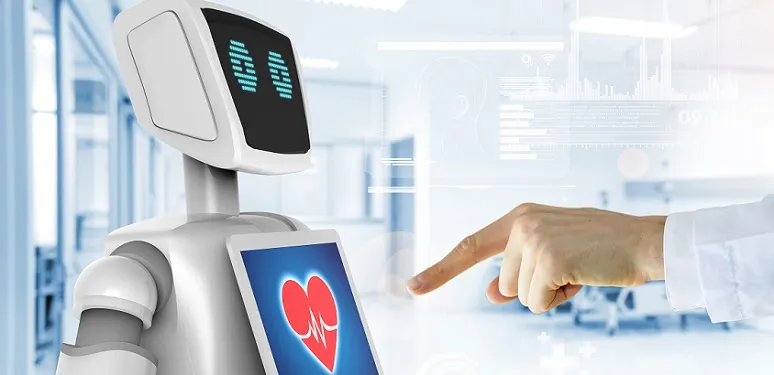The 54th year of CES is underway. The annual trade show, hosted by the Consumer Technology Association (CTA), has been adapted to an all-digital experience for the COVID-19 era. Every year, CES previews a plethora of new products and technologies for consumers, but this year’s show will speak a lot to the acceleration of technology adoption and the profound digital transformation taking place due to the current global health crisis.
“I believe tech will help solve more fundamental human problems in the next two decades than in the past two centuries,” said CTA President & CEO Gary Shapiro. Echoing Shapiro, Microsoft CEO Satya Nadella remarked, “There’s real structural change, Gary, that I think is going to be driven because of the broad adoption of digital technology in our lives and in our workplaces.” (Microsoft is CES’s technology partner this year, and a member company of CTA.) And, as millions of Americans experienced in 2020, a broadband connection is the key to unlocking the benefits and possibilities that many of these innovative technologies hold.
In a panel that previewed the innovation trends to watch out for during this year’s CES and throughout 2021, CTA Vice President of Research Steve Koenig and CTA Director of Research Lesley Rorhbaugh highlighted a few areas for people to pay attention to:
Digital Health
There is no doubt that COVID-19 has put a new focus on health monitoring. A CTA industry forecast (U.S. Consumer Technology Five Year Industry Forecast, 2019-2024, January 2021) saw connected health monitoring devices reach $623 million in spending in 2020, a whopping 73% increase over 2019. CTA predicts that spending in this area will reach $845 million in 2021—an increase of 34% over 2020. More consumers want to take charge of their own health and they will do so by relying on connected technologies that track heart rate, blood pressure, temperature, and more. All of these app-connected products rely on a strong internet connection to send the data to a patient’s healthcare provider in order to monitor the patient’s health progress over time.
AI is also playing a larger role in driving the diagnosis of a patient. And of course, remote tools are allowing for seamless collaboration in hospitals by bringing in virtual and augmented reality elements that mimic the in-person working experiences of doctors and healthcare professionals as much as possible.
Digital Transformation
Large and small businesses alike were majorly impacted by the pandemic with the shutting down of in-person experiences. As a result, many businesses pivoted to online platforms. For example, in the area of fitness, a CTA report (COVID-19 Impact on Technology Innovation: U.S. & Europe, September 2020) found that digital fitness increased by 30-35% (from pre-COVID levels) in the U.S. last year as consumers purchased online fitness classes more than ever before when gyms closed. Then in education, schools and colleges are using group meeting platforms to hold lectures and discussions. Meanwhile, in the legal sector, court proceedings and hearings have also moved to digital platforms. These online platforms continue to evolve with consumer demands and depending on each sector’s needs.
Robotics
Robots are being used as triage in the healthcare industry to enable remote clinical care and to minimize the exposure of frontline workers to viruses as much as possible. They are also performing close-contact tasks such as cleaning and sanitizing workplaces, or taking temperature checks for employees of a business. In addition, they continue to play a role in the delivery of products to consumers and in retail inventory stocking. Again, many of these uses require broadband connectivity to track and monitor the information being processed by the robot.
Smart Cities
Smart cities promise to solve cost challenges, encourage economic growth, increase sustainability, and fuel growth in communities around the world. America’s broadband leaders have already partnered with multiple cities across the country to come up with innovative digital solutions that will positively impact the way citizens live and work, and how local governments approach important issues such as public health conditions in communities. Key technologies within these smart cities that are expected to take off this year include networked sensors that monitor and track temperature and air pollution. Smart kiosks and data dashboards, which provide the public with key alerts and navigation assistance, are also technologies to watch. Contact tracing will continue as cities look for ways to avoid transmission of viruses and other conditions.
COVID-19 surges on, but the silver lining to the pandemic is, as CTA executives pointed out, that the shutdown of in-person experiences have brought on new waves of not only technology and digital transformation, but of adoption. Broadband connectivity continues to be the enabler of these transformations, and promises to lead America into a new era of possibilities.









